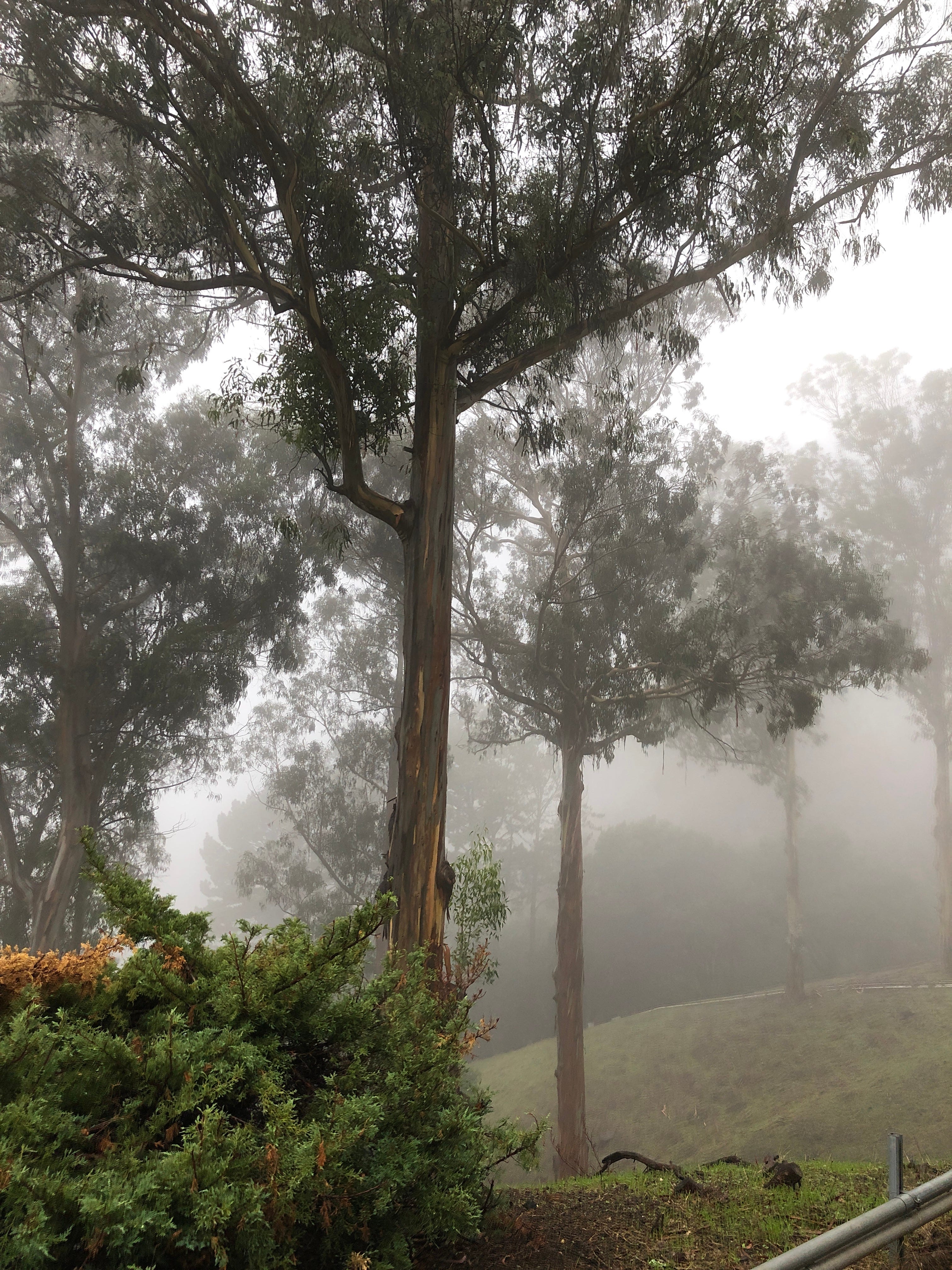Seeds
A Rumination On the Value of Mentors

Photo by Markus Spiske on Unsplash
—
The first day of this new year finds me in a thoughtful place and I know I’m hardly alone here. I think the end of 2020 and the new year 2021 has found a lot of us in in a thoughtful place and full of rumination.
It would be easy to look on 2020 as a mulligan. A do-over. A throw-that-in-the-bin and never think about it again kind of thing. Take it out with the trash.
But to do so would be a mistake. 2020 was a lesson. A mentor. A cruel but perhaps necessary education.
The past several days has me thinking about teachers and mentors who impacted me and more specifically, impacted my art. About how many of them are not in my life anymore, for various reasons. And how much I yearn to find replacements, how hard I seek the wise advice of those who know so much more than I do.
In fact, getting a mentor’s view on the lessons and tragedies of the previous year is exactly what I seek.
To my great sadness, in November within the span of forty-eight hours I lost two of the most influential women in my life. I find myself on day one of 2021 still reeling from their loss and scared to face the road ahead without their wise guidance.
On November 6th, my dear mother-in-law who was more like a friend and one of the strongest working artists I know, passed gently at home with her beloved son by her side.
On November 8th, my photography teacher and dear friend passed peacefully at home under the loving care of her wife of 22 years.
These double blows were hard to take. I even wondered at the time if I could sustain the loss.
In a text to my best friend, I told her that the grief was stacking up and I had no idea where to put it all. Could I build metaphorical shelves to store the pain? Maybe rent a unit where I could put all of this sorrow and then sort through it on the weekends?
No, there are no metal shelves and no locked doors to store the grief. Turns out I have to carry it with me. At times the load bends my back into a question mark. At other times I carry it almost (but not quite) lightly.
I can forget about it for a moment and think I am through and then a smell or a sound or a visual will bring it all right back with weight and ferocity and my back bends further. Bend but not break is the theme, or at least the hope.
I have questions. I have thoughts. I have worries. I have wonders. I am working on a big project, a goal I set for myself and it is a big goal and oh how I wish I could talk to both of these powerful, creative, and smart women to get my head on straight about it.
One would make me a cup of coffee and listen to my thoughts and fears and tell me that she understands and how hard it can be, but that continuing to work, that doing the work, is what matters.
One would make me a cup of twig tea and then verbally shove me around a little in the most beautiful and caring way, telling me to forget what anyone else or the voices in my head say, to just keep making art. Because making art is necessary in this world. Not a nice to have, but mandatory.
And then dazed and thoughtful after each of their wise counsel, I would go back out there into this mad world and I would keep making art. Putting word to page, and paint to paper, and images through a lens.
Because the road to making art is a long road, the journey beautiful and painful and frustrating and worth it. One must walk through low valleys of making really bad art and occasionally look up to find you have arrived at the peak of a beautiful hill. That something you made is actually not that bad and might actually be very good.
From that view atop the hill you can see more hills, steeper and more meaningful and you must, have to, can’t stop now, start moving towards them. Sights recalibrated, on you must go. To keep walking is what matters. To keep walking is necessary.
Even though I miss them both so much perhaps I can find them, then, in just continuing to do the work I set out for myself. And when in doubt, I make myself a cup of coffee or a cup of twig tea and sip and pause and listen and then…get back to work.
—
To find an image to accompany these words, I went to Unsplash with their thousands of free images, and searched with the word “mentor.” My eyes landed on the image found at the top of this piece. I loved the color and the visual and the feel of the photo. “But that isn’t about being a mentor,” I thought. And then realized I was wrong.
The dandelion with its many seeds waiting for a gust of wind to carry them off is actually perfect. Exactly the image I needed to see. Writing this out, saying these words helps me carry my grief a little bit lighter today.
I cast my own seeds of creativity to the wind. I can’t wait to see where they land.







